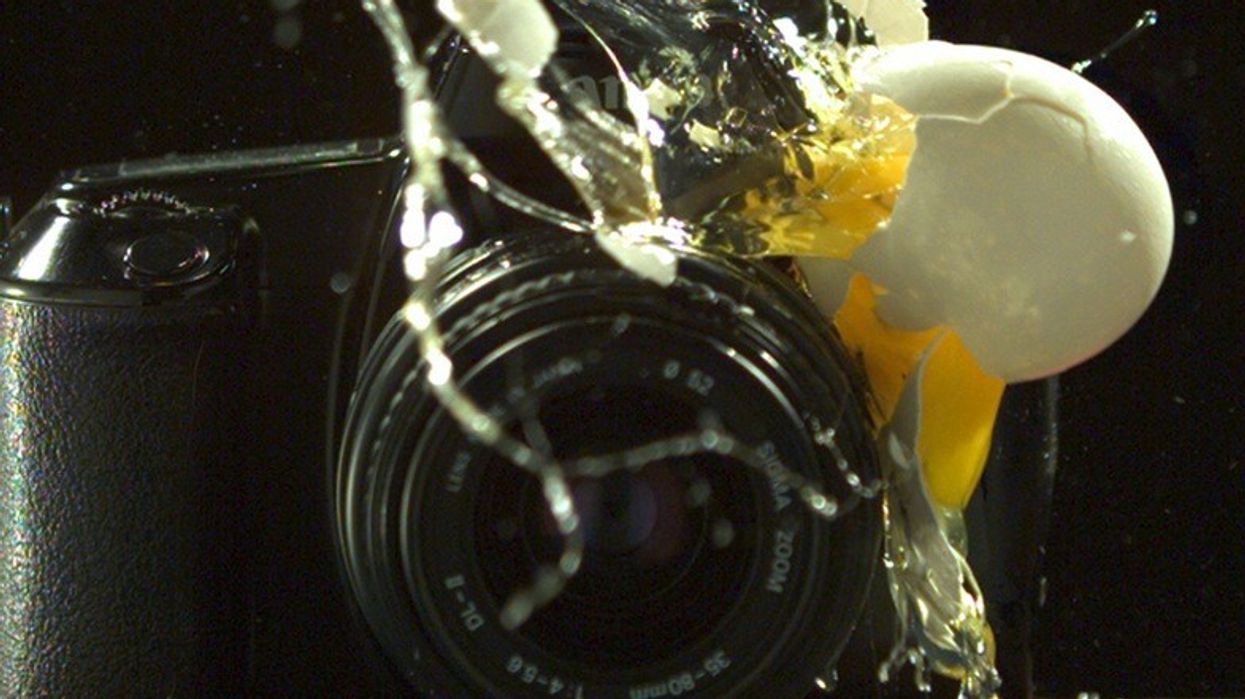Slow Motion Video 101: How to Set It, Light It, & Shoot It
Slow motion videos can be absolutely mesmerizing, but there's a lot more to shooting one than just setting a higher frame rate.

If you're interested in learning more about how to shoot high speed video, The Slanted Lens provides this excellent video that breaks down the concepts and settings needed to capture one correctly.
Even if you're unable to use the Phantom Miro LC320S camera like they used in the video, the concepts from the video still apply: Make sure that your shutter speed is set at twice what your frame rate is -- the higher you set your frame rate (and shutter speed), the more light you're going to need. So, before you go out and shoot a slow motion video, make sure that you have not only sufficient equipment to light your shot, but sufficient knowledge on how to correctly expose it. (The Slanted Lens provides some graphics with easy-to-follow equations for this on their site.)
Do you have any tips on shooting high speed video? What are some issues you ran into the first time you shot one? Let us know in the comments below!
Source: The Slanted Lens













